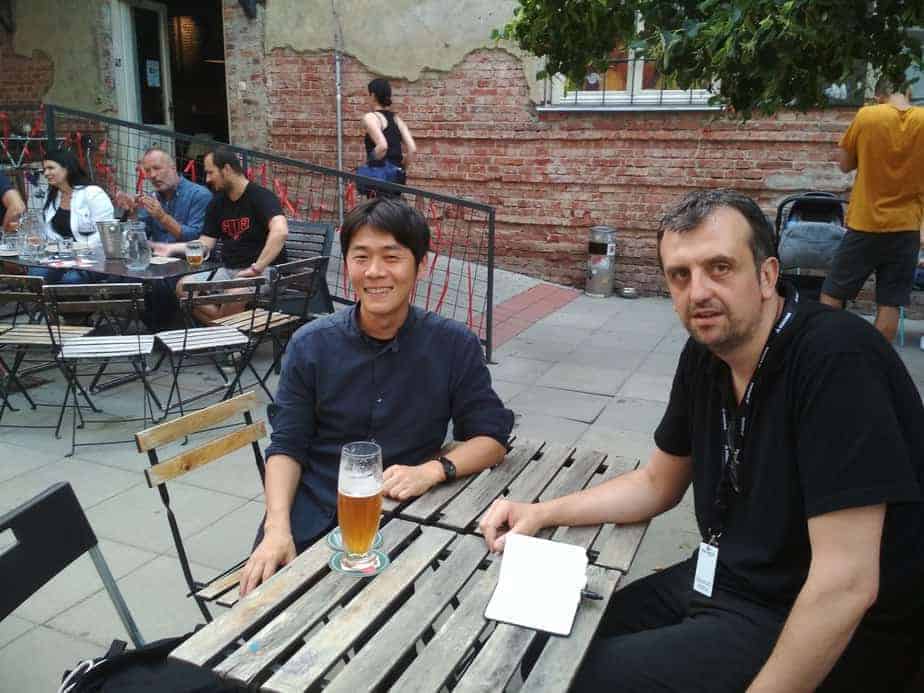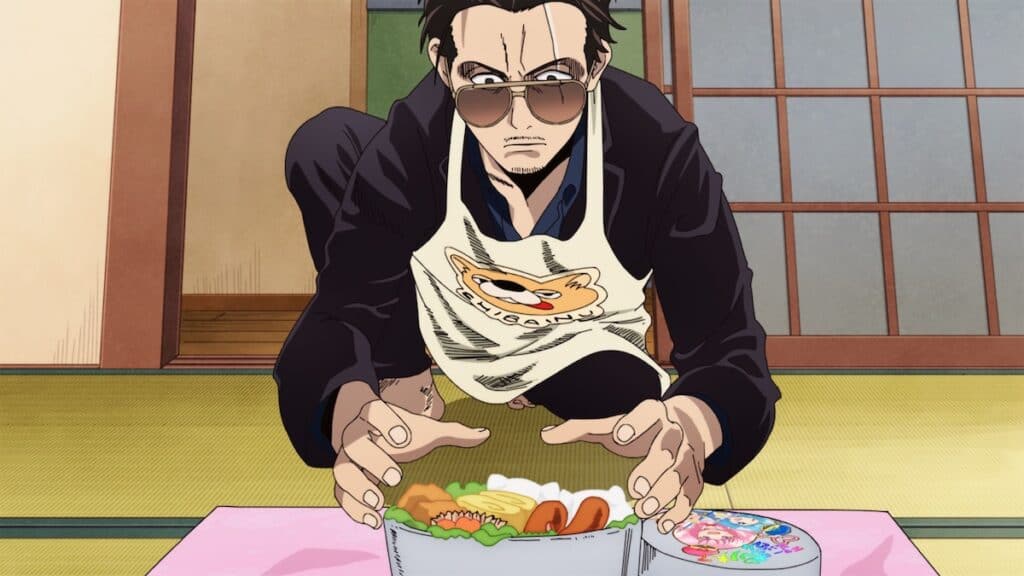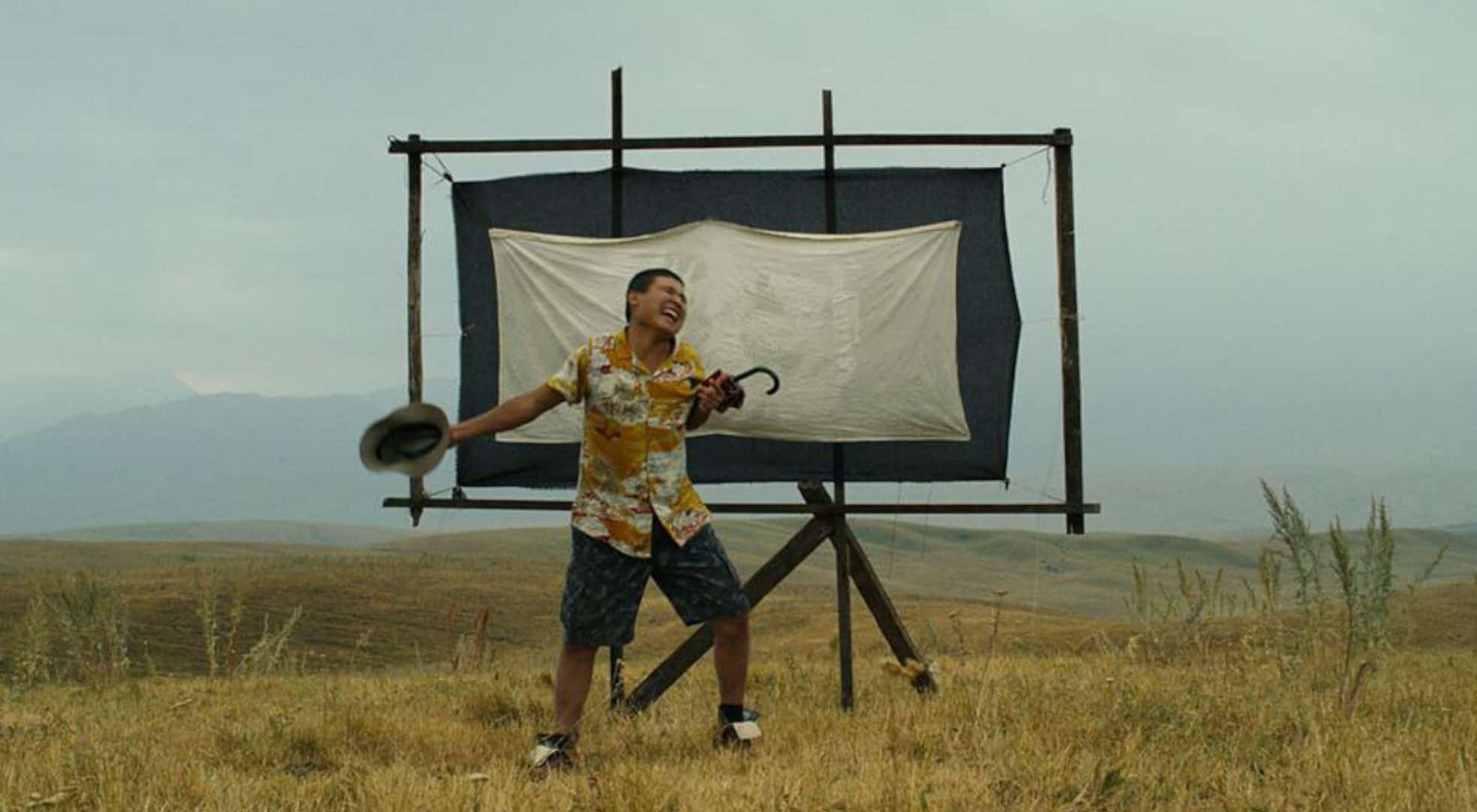Takashi Makino (b. 1978 ) is a Tokyo-based experimental filmmaker widely considered to be one of the most influential Japanese moving-image artists of his generation. After graduating from the cinema department at Nihon University College of Art, he spent time honing his skills in the London-based studio of the Quay Brothers before moving back to Japan. His unique working process usually involves capturing representational footage of humans, nature, and urban life in various formats and then transforming these images radically during the editing stage. Through a process of layering, superimposition and other formal manipulations, these concrete images blend together into pulsating visual fields of organic abstraction in his finished works.
Makino regularly presents installations, screenings, and audio-visual performances of his work internationally, having appeared in over 120 cities to date. Recent engagements include: documenta 14, Athens, Greece (2017); Austrian Film Museum, Vienna, Austria (2017); New York Film Festival, New York, USA (2014, 2017); Whitechapel Gallery, London, UK (2016); The Korean Film Archive, Seoul, Korea (2016); BFI IMAX Theatre, London, UK (2016); MoMAPS1, New York, USA (2013); San Francisco MoMA, USA (2009); New Museum of Contemporary Art, New York, USA (2008). In 2012, he was awarded the Tiger Award at the International Film Festival Rotterdam.
On the occasion of his film “Memento Stella” screening at the 27th Art Film Fest Kosice, we speak with him about his unique approach to film and his original procedures, the purpose of and the meaning of his work, the combination of sound and image and many other topics.

Why did you choose this format, which is in essence an installation, instead of a film, in order to express yourself?
My main purpose of my activities is to make films (images of cinema) but I also do installations and performance, because I cannot do that in cinema. I feel that selecting images and showing them on cinema is very simple, because people are sitting in the darkness and watch one screen, which I think it is a very political and dangerous situation. That is why many countries and politicians in the world use film as a propaganda, one image and one answer, that is the angle used. The Japanese army and government are doing their stupid work and I am trying to work against them and trying to make a film that needs much imagination to be understood. That is why I am making abstract films, shot in the real world, not computer generated. So I am trying to make a film that everybody can watch together, despite their country and race and have a different understanding of what is presented on screen. I have been trying to do this for more than 30 years. And after 2006, I found a cinematic language using a layering technique, to express this.
Can you tell me what kind of techniques you used to come up with these images?
From 2002, I have made more than 40 films, using the same layering technique and the art of exposure. Sometimes, the layers comprise of more than 500 or 600,000 layers of image. Because from 2002 to 2012 I worked as a colorist, especially for scanning and digital image. I was one of the first in Japan to use the Telecinema in HD technique, back in 2002. Then I realized how to control the message and the video technique and also film. That is why I control each image's color, contrast, brightness and saturation. This is a very difficult process. I shoot something, people, nature, landscapes and use then use editing software and that is it. I never use computer animation; I have no interest in that.
What is your approach in combining image and sound?
When I started making films in 1997, I also made music, and I continued that until 2004. Then, I realized I needed a different approach. I also make paper collages because I think the procedure is very simple but also very deep. When I read Max Ernst's “Theory of Collage” then I realized everything, how to put different things in the same place and create something completely new, even something me, as a creator, did not expect. That is why I am asking musicians for their part, in order to get something different from them and combine it on screen together with my part. Always, I make the image first. I complete everything and then I search for a musician, if I feel I need music for my piece. When I feel that the film needs something more than my thinking, then I ask a musician.

As I watched your film, I felt sad, like there was a sadness emitting from the screen. Was that actually one of your purposes?
When I was making this film, four of my friends died, due to suicide, cancer and also a lot of awful events occurred in the world, so I lost interest about this world. I felt I really do not want to connect to it anymore, and “Memento Stella” was created through this depression. At the same time, I was so busy with travelling and showing my films in different countries, so I decided, whenever I went to someplace I would shoot something there, and that is why I collected a vast amount of material, more than 6TB of 4K material. I edited them and created the film. I really tried to connect myself with this world again and also I really wanted to go beyond that and create something that presents the difference in each person, for example language, race, or religion. My film looks like something very noisy and abstract, but actually, everything in it comes from our own world. “Memento Stella” means think about this world, do not forget about this world. So if you felt sadness watching the film, I can totally understand that, although this was not actually my purpose.
The second feeling I got is one of tension. What do you think about this?
“Memento Stella” is split in 5 parts. The first part, which lasts for about 10 minutes, is very loud, but after 40-45 minutes, it becomes very calm. I do not want to attack the viewers, because I made so many loud films before. The very interesting thing is that every time a baby comes to my screening, there is no problem. Last night, I did a screening in Barcelona (June 19) and so many babies came and they really enjoyed it. When the music is not so loud, babies shout. I think that babies have memories of the bodies of their moms and they are listening to so many sounds from both outside and inside their mother, it is very noisy. So I think babies are not so afraid of loud noises, they are more afraid of silence actually.
Can you tell me a bit about your cooperation with Reinier Van Houdt, who was responsible for the soundtrack of the film?
When I was making “Memento Stella”, I thought, initially, that I would make the music myself. But after making music for the first 30 minutes, I felt like I needed something different. The film is a collaboration with the Empty Gallery in Hong Kong and they prepared a 4K editing system in Hong Kong for me and they invited me so I used that for the movie. Empty Gallery also invites musicians all over world and organizes music shows and they recommended Reinier Van Houdt. I listened his music so many times and then I started a discussion with him, and eventually I send him the images and he created the music.

Are you working on anything new?
I have an idea for a new project, which will be half installation and half film. For my next projects, I will be working with a very special sound system, maybe one that I cannot even show in cinema. I will make that in Australia and collaborate with Lawrence English, the Australian musician, who will be making the soundtrack.
What is your opinion about the film and art scene in Japan?
In Japan, there are so many cinephilles but do not have any interest for art, and many art people, specifically modern art, who have no interest in films. They are completely separated, so showing my films in Japan is very difficult. But when I do so, young people who have interest in culture overall, come, but overall, they are separate audiences.















